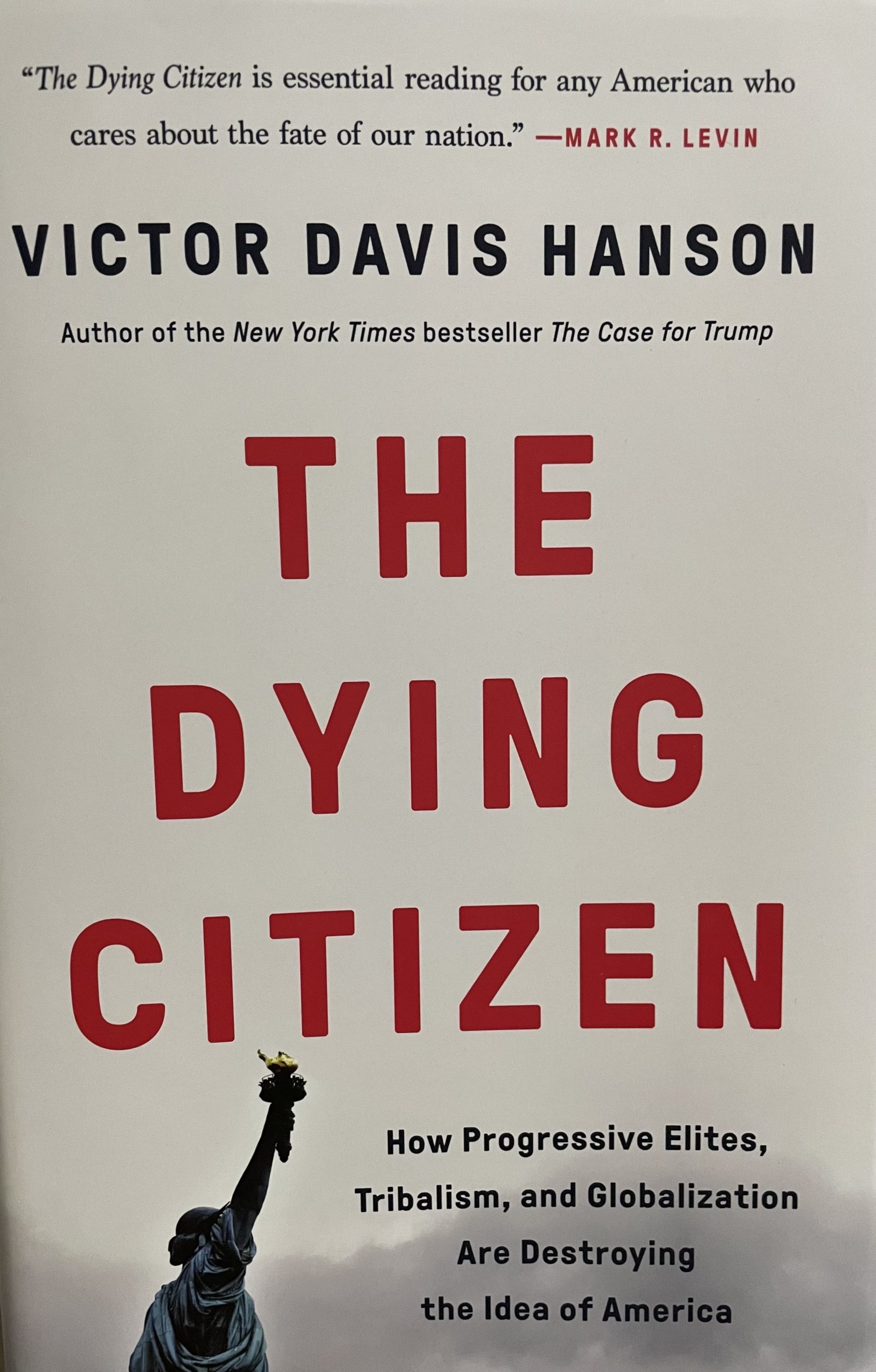Academics have been arguing for decades that colleges and universities are engines of economic growth. Now they seem to have scientific proof, or do they?
“We estimate fixed effects models at the sub-national level between 1950 and 2010 and find that increases in the number of universities are positively associated with future growth of GDP per capita (and this relationship is robust to controlling for a host of observables, as well as unobserved regional trends),” Anna Valero and John Van Reenen, of the London School of Economics, write in a working paper that they published this month at the National Bureau of Economic Research (NBER). NBER is housed at Harvard.
How robust? “Our estimates imply that doubling the number of universities per capita is associated with 4% higher future GDP per capita,” they calculate.
Moreover, perhaps to no one’s surprise, the United States has the largest number of universities. What might be somewhat surprising to many, though, are the three countries which follow the U. S. in the university sweepstakes—Brazil, Mexico and the Philippines.
When you look at the economies of this trio of nations, it is hard for the layman to discern either growth or the connection of academic life to economic activity.
By a happy coincidence, the CIA World Factbook has profiled all of these countries*:
- On Brazil the Factbook noted that: “The awarding of the 2014 FIFA World Cup and 2016 Summer Olympic Games, the first ever to be held in South America, was seen as symbolic of the country’s rise. However, since about 2013, Brazil has been plagued by a shrinking economy, growing unemployment, and rising inflation.”
- On Mexico the Factbook observed that: “Ongoing economic and social concerns include low real wages, high underemployment, inequitable income distribution, and few advancement opportunities for the largely indigenous population in the impoverished southern states. Since 2007, Mexico’s powerful drug-trafficking organizations have engaged in bloody feuding, resulting in tens of thousands of drug-related homicides.”
- On The Philippines the Factbook reported that: “The unemployment rate has declined somewhat in recent years but remains high, hovering at around 6.5%; underemployment is also high, ranging from 18% to 19% of the employed. At least 40% of the employed work in the informal sector.”
“The informal sector” of the economy is what economists usually obliquely call the black market. One usually does not need a college degree to be in it.
As academics never tire of telling us, correlation is not causation. Nevertheless, a look at what seem to be some key trend lines might suggest that we look for economic growth outside the Ivory Tower rather than within it.
*It should be noted that this is a U. S. government resource that has historically drawn its information from and, thus, shown something of a bias for, governments of foreign countries. Hence, in the waning days of the Soviet Union, CIA analysts would conclude that the USSR’s economy was “stumbling badly,” even as it was imploding.










